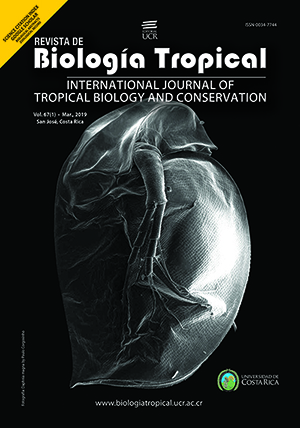Abstract
Montane forests are one of the most decimated of Neotropical biomes even though they provide a suite of valuable ecosystem services such as provision of water to lowland settlements and prevention of erosion and mudslides. In some instances, to restore these and other ecosystem services, degraded montane forests are replaced by exotic tree plantations, which cover sizeable areas in several countries. Despite their importance for assessment of ecological services and for intrinsic ecological value, comparative studies of paired native montane forest and conifer plantation are scarce along the Northern Andean Cordillera. Additionally, extrapolations are challenging because each pair of communities is highly site specific due to environmental setting, age and density of plantation, and reforestation species. Here, we assess and compare structure, biogeochemistry and ecosystem services provided by closely positioned native forest and pine plantation from a protected montane area in Venezuela. Soil nutrients and soil carbon content were 60 and 54 % respectively higher in the forest. As consequence of pine’ growth form and leaf biochemistry, aboveground biomass and litter mass, as well as nutrient content and carbon stocks, were higher in the plantation. This results in the plantation storing 30 % more MgC ha-1 than the nearby forest. Canopy structure and litter properties influence the hydrology of both ecosystems through differences in rain throughfall. Most of the ecosystem services itemized are superior in the native forest, with exception that the younger plantation sequesters more carbon. An additional service provided by plantations might be that of ecological corridors that connect fragmented native forests. Our study, a specific case of nutrient and carbon cycling dynamics in paired montane forests and pine plantations, provides another set of data for the design of policy and management of considerable areas in the Neotropics with established conservation plantations.
##plugins.facebook.comentarios##

This work is licensed under a Creative Commons Attribution 4.0 International License.
Copyright (c) 2019 Zdravko Baruch, Shingo Nozawa, Erica Johnson, Edgard Yerena






